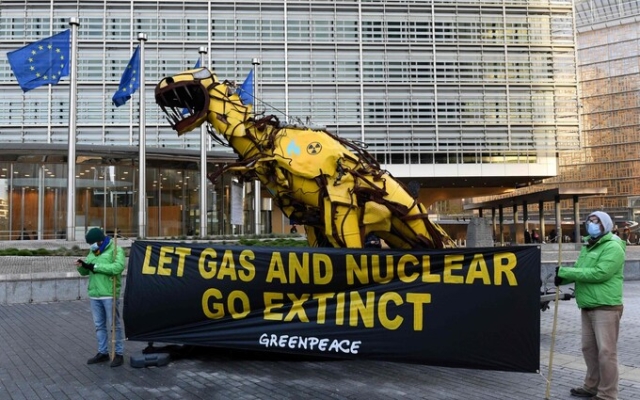 Greenpeace is citing past disasters like Fukushima and Chernobyl to oppose nuclear power. Photo: JOHN THYS/AFP
Greenpeace is citing past disasters like Fukushima and Chernobyl to oppose nuclear power. Photo: JOHN THYS/AFP
The dinosaur lay dead, prostrate. in front of the Brandenburg Gate, on the side of the belly of which was the inscription «Deutsche Atomkraft» — German atomic energy.
Surrounded by fake barrels of nuclear waste, the four-meter sculpture was installed in the center of Berlin, organized by Greenpeace, to celebrate the end of nuclear power in Germany last April.
It was a typical eye-catching display of the 54-year-old campaign group known for his courage and inconsistency. tricks.
However, today the charity and its bosses are called dinosaurs amid a dispute with young climate change activists over their «old-fashioned and unscientific» attitude towards nuclear power.
A petition launched this week by Ija Anstut, an 18-year-old from Sweden, calls on Greenpeace to end opposition to nuclear power, which they say is «no longer morally or politically justified.»
The dispute highlights a growing rift in climate activism: Campaigners are divided on whether to use nuclear power or denounce it as an alternative to fossil fuels.
Greenpeace says it has “always fought – and will continue to fight vigorously – against nuclear power as it poses an unacceptable risk to the environment and humanity,” pointing to past disasters such as Fukushima and Chernobyl.
But this stance has led to disagreements with younger activists such as Anstut, who say it makes no sense to give up what is for them a vital tool — if used correctly — in the fight against climate change.
“Unlike some of the people who run Greenpeace, it is my generation that will have to live with the effects of climate change,” Anstut said in an open letter published this week.
“In my experience, young people tend to be open to all solutions, including nuclear ones.
“To put it simply, we trust science. Our real enemy is not nuclear energy, but FOSSIL FUELS.»
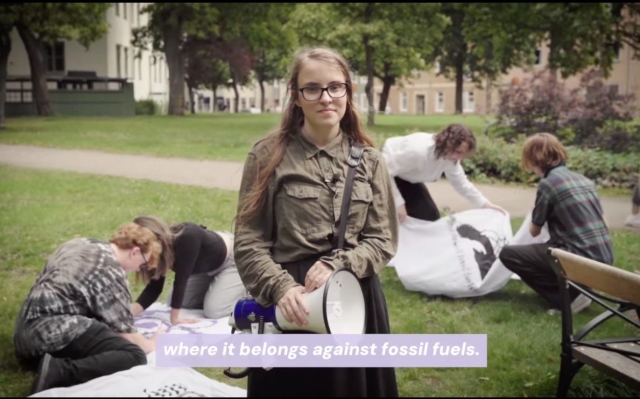 Sweden's Ea Anstut leads counterattack against Greenpeace's opposition to nuclear power < p>The civil war inside net zero has spilled over into the open as Greenpeace takes legal action to prevent the European Union from classifying nuclear power as «sustainable» for investment purposes through a scheme known as «green taxonomy».
Sweden's Ea Anstut leads counterattack against Greenpeace's opposition to nuclear power < p>The civil war inside net zero has spilled over into the open as Greenpeace takes legal action to prevent the European Union from classifying nuclear power as «sustainable» for investment purposes through a scheme known as «green taxonomy».
Greenpeace argues that listing nuclear power plants as eligible for EU government support and green investment funds risks diverting money away from renewable energy schemes while causing irreversible damage to the environment.
Greenpeace argues that listing nuclear power plants as eligible for EU government support and green investment funds risks diverting money away from renewable energy schemes while causing irreversible damage to the environment.
In response, Anstut and her allies are raising money to launch a counterattack by hiring their own lawyers and opposing the charity in a showdown at the European Court of Justice.
Aansut, who attended Friday school for many years. strikes launched by Swedish activist Greta Thunberg says Greenpeace's stance is outdated and risks making the group «completely irrelevant».
She became disillusioned with the position of the nuclear power group after debates with older activists who remained bitter opponents, even as respected organizations such as the International Energy Agency (IEA) and the Intergovernmental Panel on Climate Change warned that the push for «net zero» carbon emissions Without it, emissions would be much harder.
A 2019 IEA report notes that nuclear power is the world's second largest source of low-carbon energy after hydropower, which reduces the need for gas energy . plants or more carbon-intensive alternatives.
He also warned that an additional $1.6 trillion investment in wind, solar and power system upgrades would be needed before 2040 if the world's nuclear power plants were phased out.
That's why Aansut claims Greenpeace opposes nuclear power. The power she sees as a relic of the Cold War is so misguided.
“Greenpeace is part of the older climate generation,” she says.
“For many of them, the anti-nuclear movement is the same as the climate movement. I feel different.”
She shares Greenpeace's concerns about nuclear waste, but argues that the need to prevent catastrophic climate change – and the risks that will arise if we fail – is far more pressing.< /p>
“We are talking about a completely different scale of crises. “, she claims. “Nuclear waste is very well regulated. My generation, we can figure out how to deal with this later. Climate change needs to be relevant now or in the next few decades.”
She is just one of a growing group of teenagers and twenties who are drumming for nuclear power on social media.
Isabelle Boehmeke, a Brazilian model known to her tens of thousands of TikTok and Twitter/X followers as «Isodopa», calls herself «the world's first nuclear powerhouse» by spreading technology facts and witty memes to her audience.
 Brazilian model Isabelle Boehmeke is an «influencer in the field of nuclear energy»; who spread the facts about technology on social media. Photo: ANGELA WEISS/AFP
Brazilian model Isabelle Boehmeke is an «influencer in the field of nuclear energy»; who spread the facts about technology on social media. Photo: ANGELA WEISS/AFP
She is collaborating online with Grace Stanke, a nuclear science student who recently won the title of Miss America 2023 and devotes her spare time to promoting nuclear energy.
However, these activists have a hard time. Greenpeace's objections to nuclear power run deep and date back to its very inception in 1971, when a small group of activists set sail on a boat of the same name to try to stop a US nuclear test in Alaska.
< p>Today, the main the group's objections to nuclear weapons remain the risks associated with waste disposal and concerns that fuel proliferation could make nuclear weapons spread more easily.
“Our position on the nuclear issue is evidence-based,” says Doug Parr. , Chief Scientist at Greenpeace UK.
«Nuclear power has a number of characteristics, the hazards associated with them are unique and ultimately unmanageable.»
Workers are still clearing the former site of a nuclear power plant Sellafield in Cumbria, built in the 1950s to produce weapons-grade plutonium for nuclear bombs. Nuclear waste from the facility will be stored until at least 2120.
Meanwhile, Hinckley Point C, which is under construction in Somerset, is expected to remain operational until 2083 and not be fully decommissioned until 2138, when all spent fuel has been disposed of.
Parr says such long lead times pose a danger in themselves, exposing landfills to the risk of «black swan» events — such as terrorist attacks, major incidents or wars — that are unpredictable and can have devastating consequences.
< img src="/wp-content/uploads/2023/09/fd10b314ae706355b64caccf88762c18.jpg" /> Hinckley Point C will be able to supply electricity to about six million homes. Credit: Anna Barkley/Getty Images Europe
Other experts dispute this, saying spent fuel pools are safe and difficult to access behind thick steel and reinforced concrete structures.
“If you believe that people are perfect, institutions are great, and that there can never be anything wrong with regulation, you might think that there is nothing wrong with nuclear waste,” Parr counters. «But we know it's not true.»
He is also concerned about the historical link between civilian and military nuclear programs. “That connection hasn't gone away,” adds Parr.
“This is recognized in France, where they are quite open about the fact that part of the purpose of their civilian program is to ensure that they have people who are qualified for their military program. There is no emotion to worry about this.”
Experts say that such an uncompromising stance can have detrimental consequences. In Germany, where Greenpeace supported the early shutdown of nuclear reactors, the country compensated by burning more coal in its power plants.
“They are stuck in many fears and dogmas about nuclear power. authorities, because I think many of them grew up in the anti-nuclear movement,” says Anstut. «We must concentrate on using all the tools at our disposal to get rid of fossil fuels.»









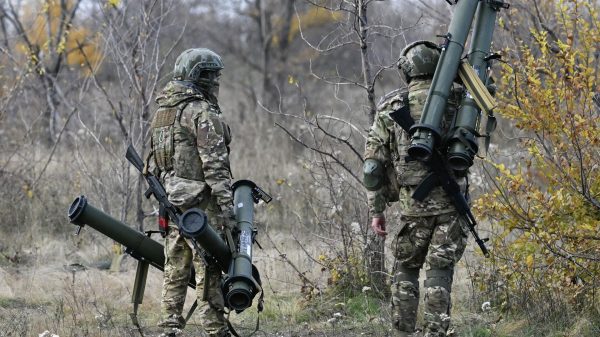
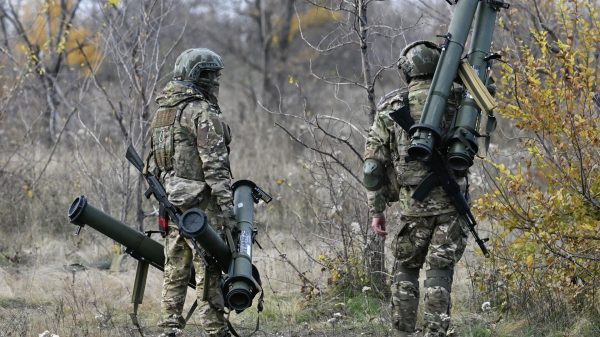







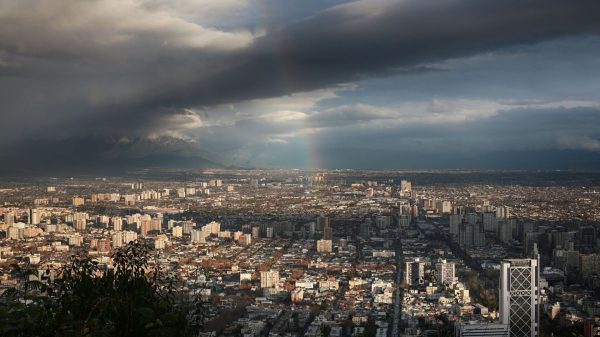





































Свежие комментарии